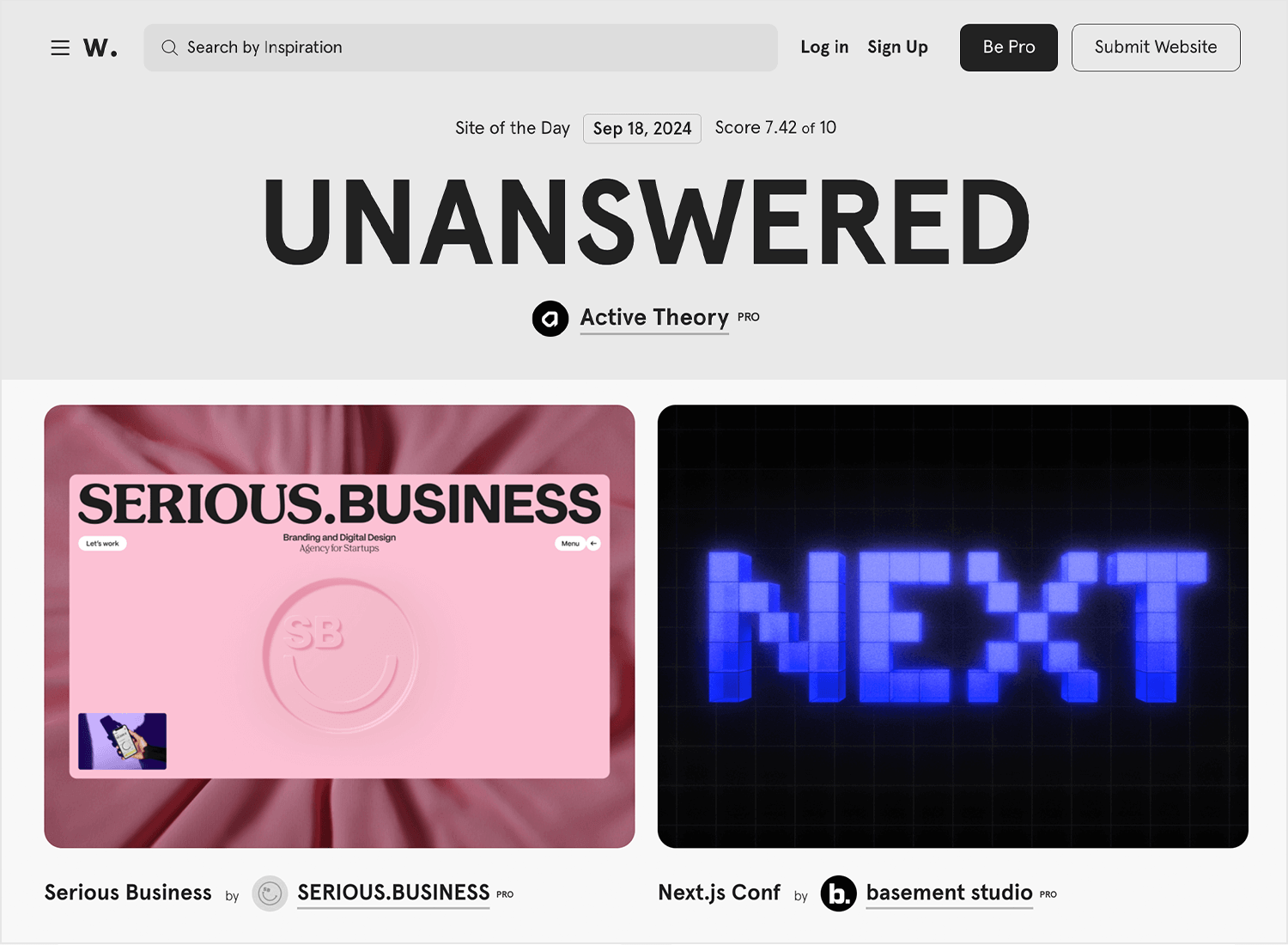Elevate Your Online Presence With Sensational Web Design Tips and Trends
The interplay of visual appeal, current design fads, and customer experience plays a crucial duty in attaining this objective. The nuances of reliable layout prolong beyond aesthetic appeals; recognizing essential techniques for optimization can significantly impact your success.
Importance of Visual Allure
This figure emphasizes the essential function that aesthetics play in user involvement and retention. Effective visual design incorporates elements such as color plans, typography, design, and images, all of which contribute to a appealing and cohesive individual experience.
Furthermore, a visually attractive internet site imparts a feeling of integrity and professionalism and reliability. Users are most likely to rely on a site that looks well-structured and polished, which can substantially influence conversion rates. Conversely, a unsightly or cluttered layout can lead to high bounce rates, as users may view the web site as undependable or obsolete.
In addition, the appearances of a web site can communicate brand name identification and worths (Web design). Regular use branding components, such as logo designs and shade combinations, strengthens acknowledgment and cultivates a much deeper link with the audience. In final thought, focusing on aesthetic allure is important for creating interesting, trustworthy, and brand-aligned online experiences that reverberate with users
Current Design Trends
Modern website design is regularly evolving, and remaining upgraded with present patterns is important for producing impactful on-line experiences. One famous fad is the surge of minimalism, defined by clean lines, sufficient white space, and a concentrate on crucial elements. This approach not just enhances use yet likewise allows web content to take spotlight.
Furthermore, dark mode interfaces have obtained popularity, supplying individuals with a visually striking option while decreasing eye strain. This fad lines up well with individual choices, using a modern aesthetic that is both functional and fashionable.
Another notable fad is the unification of vibrant typography. Developers are significantly utilizing huge, expressive typefaces to create aesthetic pecking order and communicate brand name messages effectively. Combined with vivid color combinations, this trend adds dynamism to web pages.

Necessary Design Elements
Reliable website design rests on a number of crucial style elements that together produce a engaging and cohesive individual experience. The initial of these components is format, which determines just how web content is organized on the web page. A well-structured format not only improves readability yet also overviews individuals through the site seamlessly.
Color plays a vital duty in design, influencing feelings and brand understanding. An unified shade palette can stimulate specific sensations and develop an aesthetic hierarchy, consequently attracting attention to crucial elements. Typography is vital; the option of typefaces have to straighten with the brand name identity and guarantee legibility across devices.
Images, including photos and graphics, adds visual rate of interest and can interact messages swiftly. Top notch images relevant to the content boost the general aesthetic and interaction. Additionally, whitespace is frequently neglected yet is essential for creating equilibrium. It aids avoid clutter, allowing users to concentrate on the vital elements without distraction.
Lastly, uniformity across all style elements reinforces brand name identification and makes navigation instinctive. By diligently including these vital layout components, internet designers can develop visually appealing and useful web sites that captivate site visitors and urge communication.
Individual Experience Optimization
A smooth user experience is crucial for preserving visitors and driving conversions on an internet site. Enhancing user experience (UX) includes understanding your target market and tailoring layout elements to satisfy their demands successfully. Key parts his explanation of UX optimization include instinctive navigation, quick filling times, and clear phone calls to action.
Include breadcrumb tracks to assist users quickly backtrack, reducing irritation. Rate is another vital factor; internet sites need to load within 3 secs to prevent users from abandoning the site.
Furthermore, your web site's style need to focus on clearness. Use legible fonts, contrasting shades, and whitespace to create a visually attractive layout that guides individuals with material effortlessly. Phone calls to activity should be plainly displayed, utilizing actionable language that urges customers to engage.
Mobile Responsiveness Techniques
Almost half of all web traffic currently originates from smart phones, highlighting the relevance of carrying out robust mobile responsiveness techniques. To guarantee optimal user experience across numerous screen dimensions, web designers should welcome a liquid grid format that adapts perfectly to various gadgets. This method allows material to resize and rearrange without compromising performance or aesthetics.
Integrating flexible photos and media queries is necessary. Pictures should instantly adjust their size according to the viewport, while media queries can find device attributes and apply tailored CSS styles as necessary. This method boosts load this content times and ensures that individuals have an aesthetically attractive experience.
In addition, prioritize touch-friendly navigation elements. Buttons and web links ought to be conveniently tappable, with appropriate spacing to prevent misclicks. Preventing hover-dependent communications further improves use on touchscreens.
Lastly, carrying out routine screening throughout various gadgets and web browsers is important. Devices like Google's Mobile-Friendly Test can help determine locations requiring improvement. By adopting these mobile responsiveness approaches, businesses can enhance user interaction, increase search engine rankings, and ultimately drive conversions, consequently boosting their on-line visibility effectively.
Final Thought
By focusing on visual appeal through current layout trends and essential aspects, organizations can cultivate integrity and involvement. Enhancing individual experience and guaranteeing mobile responsiveness are critical for helping with smooth interaction across gadgets.

Conversely, a unattractive or chaotic design can lead to high bounce rates, as individuals might view the site as undependable or out-of-date. - Web design
Reliable web layout hinges on numerous important layout components that with each other create a natural and interesting individual experience. Enhancing customer experience (UX) involves recognizing your target market and tailoring design elements to fulfill their needs efficiently.